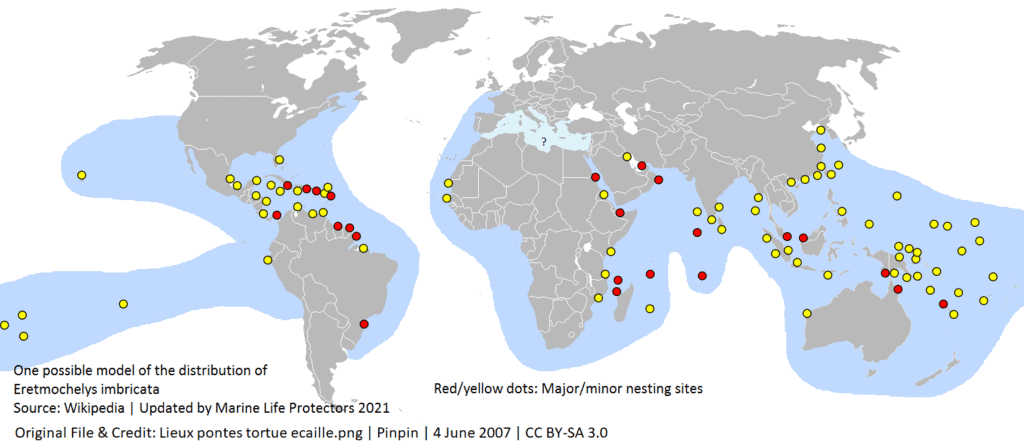What is a Keystone Species?
A keystone species is a species which has a disproportionately large effect on its natural environment relative to its abundance.
Every ecosystem has certain species that are critical to the survival of the other species in the system. The keystone species could be a huge predator or an unassuming plant, but without them the ecosystem may not survive.
In any arrangement or community, the “keystone” is considered one of the most vital parts. In a marine ecosystem, or any type of ecosystem, a keystone species is an organism that helps hold the system together. Without its keystone species, ecosystems would look very different. Some ecosystems might not be able to adapt to environmental changes if their keystone species disappeared. That could spell the end of the ecosystem, or it could allow an invasive species to take over and dramatically shift the ecosystem in a new direction.

